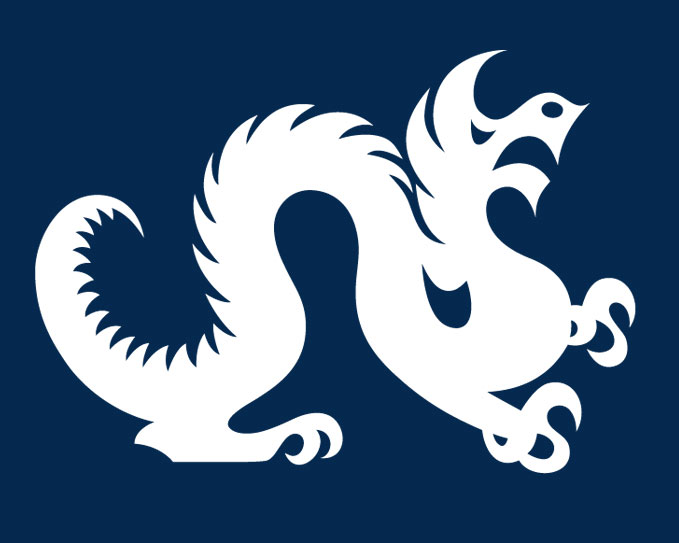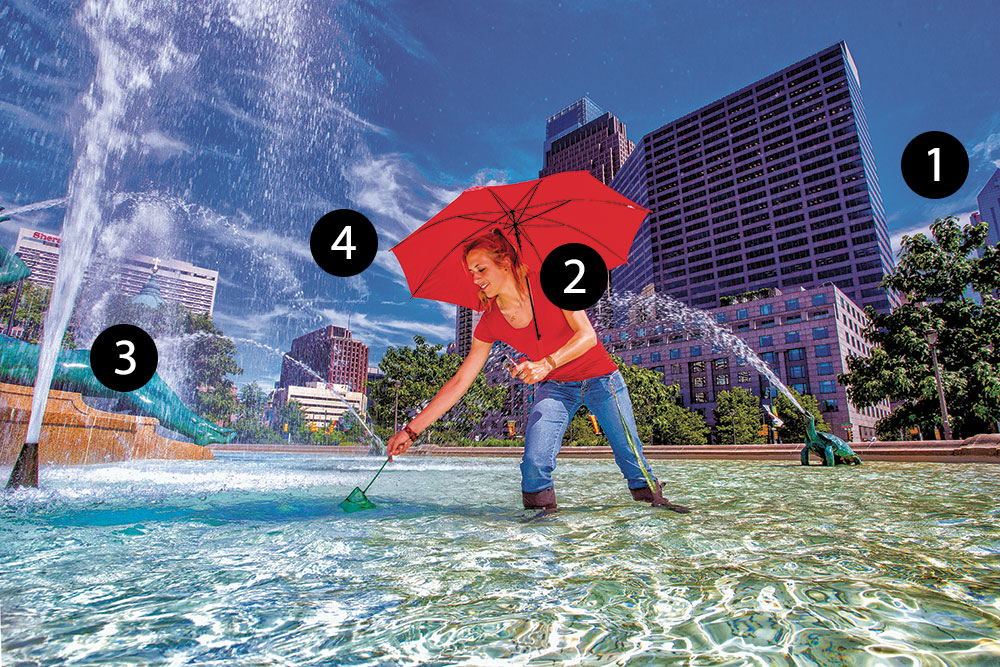6.20.2014
Drexel’s Isabelle Betancourt spends part of each day in Philadelphia’s Logan Circle, splashing around in Swann Memorial Fountain fully clothed.
But she isn’t crazy.
She’s not trying to clean the fountain. And she’s not trying to steal the hopes and dreams of passing wishers by collecting coins, either.
The curatorial assistant at the Academy of Natural Sciences of Drexel University catalogs Philadelphia’s insect diversity by using one of the city’s most recognizable landmarks as a giant insect trap. Her personal urban entomology biodiversity project (say that five times fast) tracks the variations and populations of insects to measure how green Philadelphia’s environment really is. Insects are excellent indicators of water quality, but collecting them in an urban setting is not a common practice. That wasn’t a problem for Betancourt: “There’s so much entomology in the rainforest — why not collect in Philadelphia?”
- Academy of Natural Sciences: The Entomology Department in the Academy of Natural Sciences has existed since the institution’s founding in 1812. The department’s collection holds more than 3 million specimens, and everything Betancourt finds is added to the collection. Since Betancourt started the project, she’s already found one cuckoo wasp not included in the
collection. - Isabelle Betancourt: Betancourt dreamed up the project soon after she started working at the Academy in 2012. “It was hard being inside all the time and working with so many dead insects in the collection,” she says. “I wanted to go in the sun and work with living insects.” Now, she collects specimens sometime between noon and 2 p.m. every day, rain or shine — not that the rain matters, since she brings a jacket, umbrella and rain boots to protect herself under the fountain’s constant spray.
- Swann Fountain: Unlike the neighboring LOVE Park fountain, Swann Fountain doesn’t contain any filters, which makes insect collecting easier. Built in 1924 to memorialize Dr. Wilson Cary Swann, founder of the Philadelphia Fountain Society, Swann Fountain’s main geyser features large Native American figures to symbolize the area’s major local waterways: the Delaware River (a man), the Schuylkill River (a woman) and Wissahickon Creek (a girl). The sculptures that spout water toward the center are frogs, turtles, a fish and two swans — puns on the fountain’s namesake.
- City Hall: In his 2008 inaugural address, Mayor Michael Nutter pledged to make Philadelphia the greenest city in America by 2015. By cataloging the types of insects and their presence in the fountain, Betancourt can use them as bioindicators to investigate the city’s environmental conditions.




